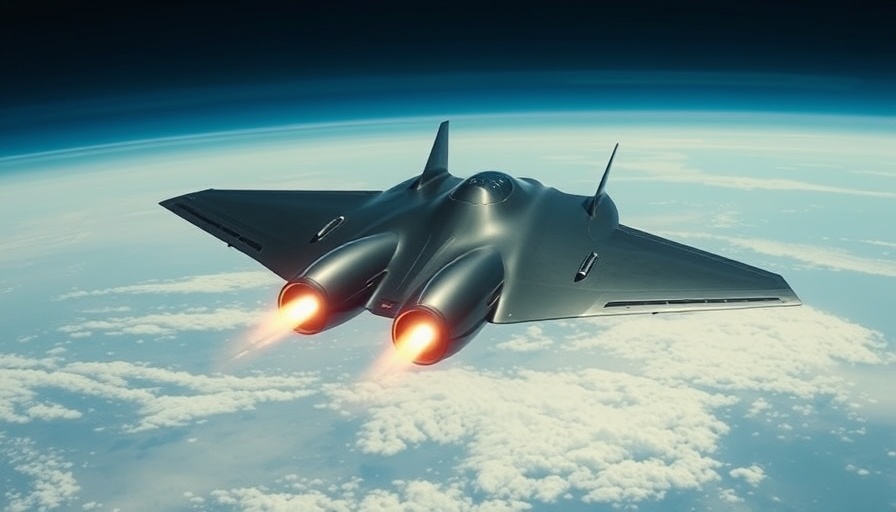
The Resurrection of Hypersonic Innovation
The revival of a hypersonic propulsion system from a now-bankrupt firm may set a new standard in aerospace technology. The European Space Agency (ESA) is backing Invictus, a project aiming to create a hydrogen-powered spaceplane that could fly by 2031. What makes this spaceplane unique is its approach: departing horizontally like an ordinary airplane, rather than launching vertically like a rocket.
The Engine Behind the Spaceplane
At the heart of Invictus’ engine design is innovative pre-cooler technology that can withstand the extreme temperatures encountered at hypersonic speeds. Developed by Reaction Engines before its closure, this technology cools superheated air using cold hydrogen, allowing the propulsion system to operate more efficiently under harsh conditions. This is a game-changer because typical turbine engines fail when exposed to such temperatures.
The Future of Air Travel?
The Invictus project isn’t just about reviving a concept; it's about creating a more sustainable means of reaching the edge of space. This aircraft would utilize hydrogen fuel, promising lower emissions compared to conventional jet fuels. Additionally, with the capability to take off from regular runways and be reused numerous times, this spaceplane could greatly reduce costs associated with space access.
Building a Strong Consortium
Invictus is spearheaded by Frazer-Nash Consultancy, which houses many former engineers of Reaction Engines, ensuring a wealth of experience is carried into this new venture. Other partners, such as Spirit AeroSystems and Cranfield University, bring diverse expertise that strengthens this initiative. Director Sarah Wilkes expresses optimism, stating that the combination of engineering knowledge and industry support gives them a solid foundation to turn this ambitious vision into a reality.
Broader Implications for the Aerospace Industry
The potential impact of Invictus stretches far beyond the immediate goal of creating a hypersonic vehicle. It represents a crucial shift in how we view space travel and aerospace innovation as a whole. If successful, such projects could lead to a renaissance in hypersonic travel, opening up new avenues for both commercial and scientific exploration.
 Add Row
Add Row  Add
Add 




Write A Comment